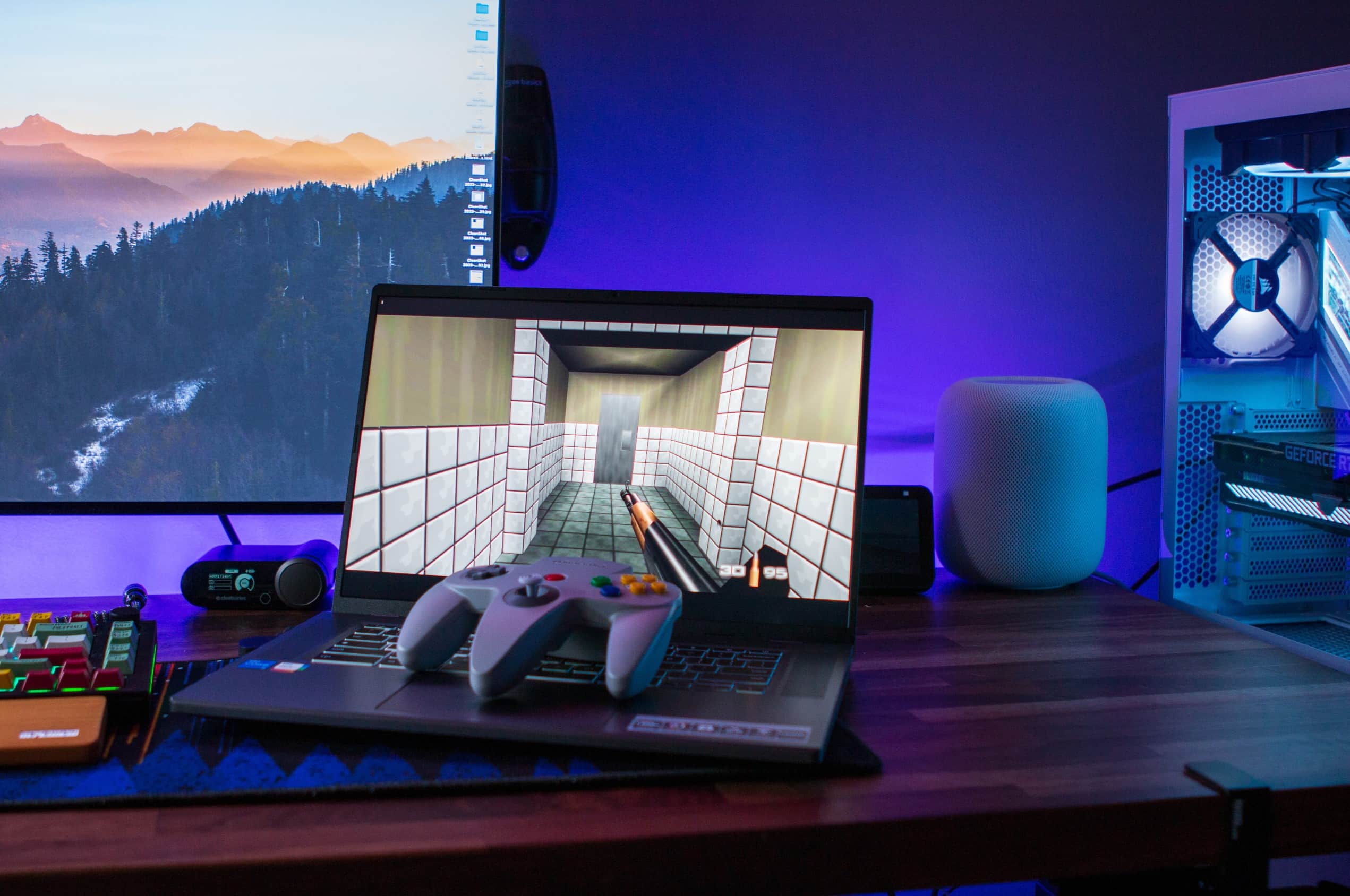
Introduction
Chromebooks have gained popularity for their versatility and ease of use. A standout feature of modern Chromebooks is their ability to run Android apps and even develop Android applications directly on the device. This capability is enabled by the integration of Android Studio and the Android Emulator on ChromeOS. This guide covers everything from installation to advanced usage of Chromebook Android emulators.
System Requirements for Android Studio
Before starting Android development on ChromeOS, understanding the system requirements for running Android Studio is crucial. Here are the minimum and recommended specifications:
- RAM: 8 GB or more is recommended for smooth operation.
- Disk Space: At least 20 GB of available disk space is required.
- Screen Resolution: A minimum screen resolution of 1280 x 800 is necessary.
- Processor: An Intel i5 or higher (U series or higher) is recommended for optimal performance.
Recommended Devices for Android Studio
Certain Chromebooks are specifically recommended for running Android Studio due to their hardware capabilities. These include:
- Acer: Chromebook 13/Spin 13, Chromebox CXI3, Chromebook 712 [C871]
- ASUS: Chromebox 3, Chromebook Flip C436FA
- CTL: Chromebox CBx1
- Dell: Inspiron Chromebook 14, Latitude 5300 2-in-1 Chromebook Enterprise, Latitude 5400 Chromebook Enterprise
- HP: Chromebook x360 14, Chromebox G2, Chromebook x360 14c
- Lenovo: Yoga C630 Chromebook, Flex 5 Chromebook
- ViewSonic: NMP660 Chromebox
Installing Android Studio on ChromeOS
Installing Android Studio on a Chromebook is straightforward. Follow these steps:
Enable Developer Mode
Ensure your Chromebook is in developer mode by pressing Esc + Refresh + Power simultaneously during boot.
Enable Linux (Beta)
Since Android Studio requires Linux, enable the Linux (Beta) environment on your Chromebook. Go to Settings > Advanced > Developers > Turn on Linux (Beta).
Install Android Studio
Once Linux is enabled, install Android Studio using the command line. Open the terminal and run:
bash
sudo apt update
sudo apt install -y openjdk-11-jdk
sudo snap install –classic android-studio
Launch Android Studio
After installation, launch Android Studio from the Linux terminal by running:
bash
android-studio
Running the Android Emulator
The Android Emulator is a crucial tool for developers to test their apps on various Android versions and devices without needing the actual hardware. Here’s how to run the Android Emulator on your Chromebook:
Launch Android Studio
Open Android Studio and go to Tools > Android > AVD Manager.
Create a New AVD
Click on Create Virtual Device and select the desired device configuration. Choose from a variety of devices including tablets and foldable smartphones.
Configure the AVD
Customize the AVD settings as needed, such as selecting the Android version and hardware characteristics.
Start the Emulator
Once the AVD is created, click on Start to launch the emulator.
Limitations of Using Android Emulators for Chromebook
While the Android Emulator is a powerful tool, it has several limitations:
- Performance Issues: Emulators can become slow when testing complex or rich graphics mobile apps, leading to inaccurate performance testing results.
- False Positive/Negative Test Results: Emulators often produce false positive and false negative test results, which can be misleading.
- Compatibility Issues: There may be compatibility issues when testing apps with dependencies on APIs and third-party libraries.
- Usability Testing: Emulators lack the capacity for simulating real-world device interactions like touch screens, network usage, battery consumption, etc.
- Limited Device and OS Version Availability: The Android Emulator supports only a limited number of Chromebook devices and older versions of ChromeOS.
- Incompatibility with Certain Features or Hardware Capabilities: Virtual devices cannot simulate the hardware of a mobile device such as CPU, GPS, Wi-Fi chip, microphone, camera, memory unit, battery, USB port, etc.
- Difficulty in Replicating Real-World Device Behavior: Emulators struggle to replicate user interactions like touchpad interaction, zooming in/out, scrolling, swiping, push notifications, orientations, etc.
Alternative Emulators for Chromebook
If the official Android Emulator is not meeting your needs, consider these alternatives:
- ARChon Emulator: Allows running Android APKs on ChromeOS.
- Now.gg Emulator: Provides a cloud-based solution for running Android apps on any device with a web browser.
- Scrcpy Emulator: Primarily used for mirroring Android screens on a computer but can also be used for testing purposes.
Additional Tools for Android Development
Several other tools can enhance your Android development experience on a Chromebook:
- ADB over Wi-Fi and Ethernet: Test your apps on real devices over Wi-Fi or Ethernet connections.
- Lint Rules for Large Screens: Android Studio provides lint rules that help optimize the experience of large screens on ChromeOS.
- Debugging and Verification: Deploy your apps directly to the device you are coding on, making it easier to debug and verify their performance in the ChromeOS environment.
Advanced Usage of Android Emulators
To get the most out of your Android Emulators on a Chromebook, consider these advanced tips:
- Simulating Sensor Data: Simulate map locations and other sensor data to test how an app performs under various conditions.
- Optimizing for Different Devices: Optimize apps for different Android versions and devices including tablets and foldable smartphones.
- Spoofing Device Identity: Tools like Aurora OS allow you to spoof your Chromebook as another device, enabling you to install apps that are not available on the default Play Store.
- Using Linux Apps: If your Chromebook supports Linux apps, use retro gaming emulators like RetroArch or SCUMMVM to play old adventure games.
Chromebooks have become powerful tools for Android development and testing due to their integration with Android Studio and the Android Emulator. While there are limitations to using emulators, they remain essential for simulating various Android environments without needing actual hardware. By understanding the system requirements, installing Android Studio correctly, and leveraging additional tools and advanced usage techniques, developers can maximize their productivity when working on Android projects using a Chromebook.
